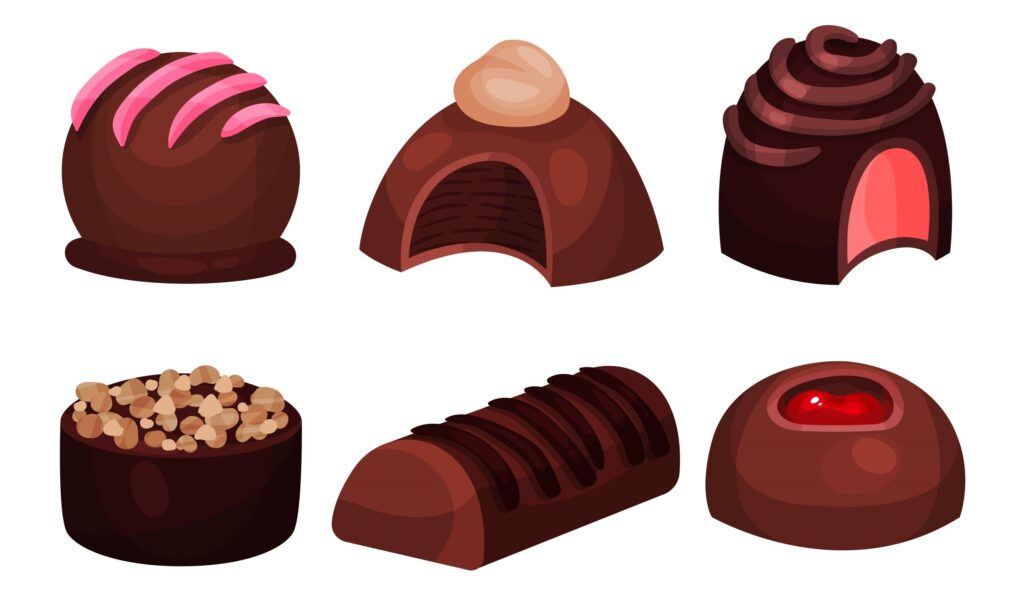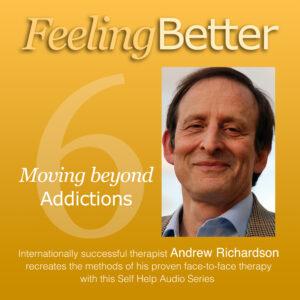How Desire creates Habits that can be difficult to Shift?
What is happening when a habit becomes too powerful and when we cannot stop it, even though we know we should?

Understanding how the Brain manages it!
Desire creates habit. But let me say first off that I am not knocking habits per se. As habitual behaviours are absolutely essential. We must have well oiled ways to think, feel, respond, interpret, understand and act or we would not have the spare capacity to do much else.How are we kept locked in?
The answer is that a powerful combination of strong emotions is leading to actions that are fixing pathways in the brain.
This is what is so well explained in The Biology of Desire by Marc Lewis. Marc Lewis is focusing on powerful addictions which can destroy lives. But there are some great lessons for us all – to understand what drives us and to get control and live better lives.
What I have done below is to use Marc’s own words to summarise what is happening and how one can move on.
In a nutshell it requires a change of motivation and action together. For this is what the brain does. The brain pursues goals and then repeats.
It makes so much sense to me. And even if you know that your undesirable habits are not powerfully addictive, it will make sense to you too.
TREATMENTS
Depression
Anxiety
Addictions
Human Givens
Addiction Therapy Online
How it Works
Be Inspired and Motivated
The words of Marc Lewis
Triggers and Cascading Desire Emotion lead to a narrowing Tunnel of Attention and Action
In terms of the parts of the brain, it is the striatum and especially the accumbens, working with the amygdale and the orbitofrontal cortex (OFC) that creates the addiction.
The accumbens is the action centre – being highly attuned to the emotion of the perceived value of the goal and the amygdale is the emotional spray paint. The OFC organises the diverse cognitive agents into a mind with a mission – this is what you should do now and why. The OFC amplifies every facet of attention, rumination, memory and anticipation – the where, when and how.
It is about desire and need and not the pursuit of fun or pleasure. And it’s all fed by dopamine. There is cue upon cue, all sequencing and building, to become an unrelenting cascade of craving and a narrowing of attention. It becomes a strange collision between hot desire and the cold almost calculating mechanics of stimulus response and the focus on action.
Brain changes naturally settle into brain habits which lock into mental habits. And desire is a revolution’s agent in getting us to pursue goals repeatedly. So intense and recurrent desires will naturally change the rate of learning. They will speed up the feedback cycle between experience and brain change.
Desire focuses attention primarily through the activation of circuits between the striatum to other brain parts. Desire plus attention equals attraction = which propels engagement and repetition and therefore the learning. And then there is the feedback loop that accelerates the process. Addiction offers highly desired rewards that soon disappear, thus priming the desire pump repeatedly. Cues trigger craving, they release dopamine and crank the engine of desire.
A lack of self control may be the wrong way to put it because for many who are addicted, there is enormous and meticulous control as people hide and plan and get ready. And for many, there are powerful symbols which are kept in mind and pursued relentlessly.
Eventually, there is a well-defined neural circuit that is specially tuned to that and only that – to come and get it. By then, there are more synapses linked with each other, so firing rates climb more quickly. And then it is no longer about desire but about overwhelming action.
It is of course false advertising. The striatum responds with eager anticipation to the glitter bestowed by our wishes and fantasies. But the high is never as good as promised and worse it doesn’t last. Fragments of reward are tasted repeatedly, followed each time by loss and renewed craving.
Ego fatigue
Ego fatigue is the scourge of addicts. They try to stop, sometimes heroically. But they may have tried too hard or too long in the wrong way. Suppression of impulses doesn’t work especially when those impulses are ballooning by the hour. And then there is delay discounting. And after the self-control phrase it becomes terribly hard to avoid plunging into immediate rewards.
Ego fatigue reflects the disconnection between the bridge of the ship (our higher self) and its motivational engines. Ego fatigue can look like a microcosm of the enduring state we know as addiction. The build up of craving and the sense of impending failure can go on for days.
Having a Story
It is so precious to experience a sense of continuity between me now, me then and me in the future. And so we all need to create a narrative that works from the past to the present to the future.
But stories need emotional themes. So the trick to overcoming addiction is the realignment of desire such that it switches from the goal of immediate relief to the goal of long-term fulfillment.
Humans need to see themselves as going somewhere as characters in a narrative, as making sense. But with addiction, the relentless preoccupation with immediate rewards carves a small burrow out of the potential richness of time.
Memories and ambitions and a sense of time as a linear dimension can be difficult to access. But if you can see it as linear then you can trust your judgement, values, instincts and attainments. Addicts can live for years without experiencing a kernel of self trust.
To gain this again you need to plan recovery. Addicts need to change the motivation and create awareness. It is also powered by desire — the desire to be free and a normal person to have real control.
Moving On
Addictions always satisfy emotional needs. Sometimes they are generic human needs. But addictions are most likely to arise from more specifically, nestled in personalities with specific wounds. The self-medication model of addiction highlights this.
If desires cannot be turned away from immediate goals, it has to be fostered. Control is incompatible with addiction. Goals such as freedom from suffering, achievement of life projects, access a loving relationships and the sense of coherence and self-love can only come with abstinence.
Addiction is a journey of growth until you no longer need it. Healing is about being free. People stop when they have suffered enough and circumstances lend a hand – and when the possibility of self control becomes more attractive than any other possibility – including temporary relief.
What addicts have to do is to move beyond their addiction – to reconnect desires with higher levels of cognition. They have to reconnect their thinking and feeling. And they have to discover their own motives rather than feed the demands of real or imagined others.
The role of now appeal in addiction is critical. This is driven by dopamine uptake to the striatum where immediate rewards are always more compelling.
When the long-term rewards become hard to recall, addictive rewards become the only game in town. And then you try to resist temptation which leads to ego fatigue. If ego fatigue is a microcosm of addiction: a loss of top-down cognitive control augmented rather than diminished by attempts to suppress impulses ego fatigue reflects a disconnect between the bridge of the ship and its motivational engine.
New pathways need to be created where explored plans for long-term satisfaction are brought to mind, held in mind and exposed to the forge of desire — a detour from the familiar road leading to an immediate gratification.
And then
The point is that addiction is a phase of individual development and not only the addictive habits themselves but also the transformation is shaping the person has a whole. There is no way to comprehend addictions outside of development and no way to comprehend people’s development as distinct from their addictions.
Studies have shown that with those who have been addicted, some parts of their prefrontal cortex grow in density beyond those who have never been addicted. This is because abstinence requires sustained cognitive effort.
Further, recovering addicts find different ways of self control, based on newly acquired neural terrain in the most sophisticated cortical regions – including the lateral prefrontal cortex and anterior cingulate cortex.
People stop when they have suffered enough and circumstances lend a hand – and when the possibility of self control becomes more attractive than any other possibility – including temporary relief.
Real choice is not a one shot deal – of a fork in the road. Rather self control thrives over addiction when new mental habits are fashioned and rehearsed and strengthened by ongoing self reinforcement. It becomes an evolving skill fuelled by a desire for strength and freedom.

